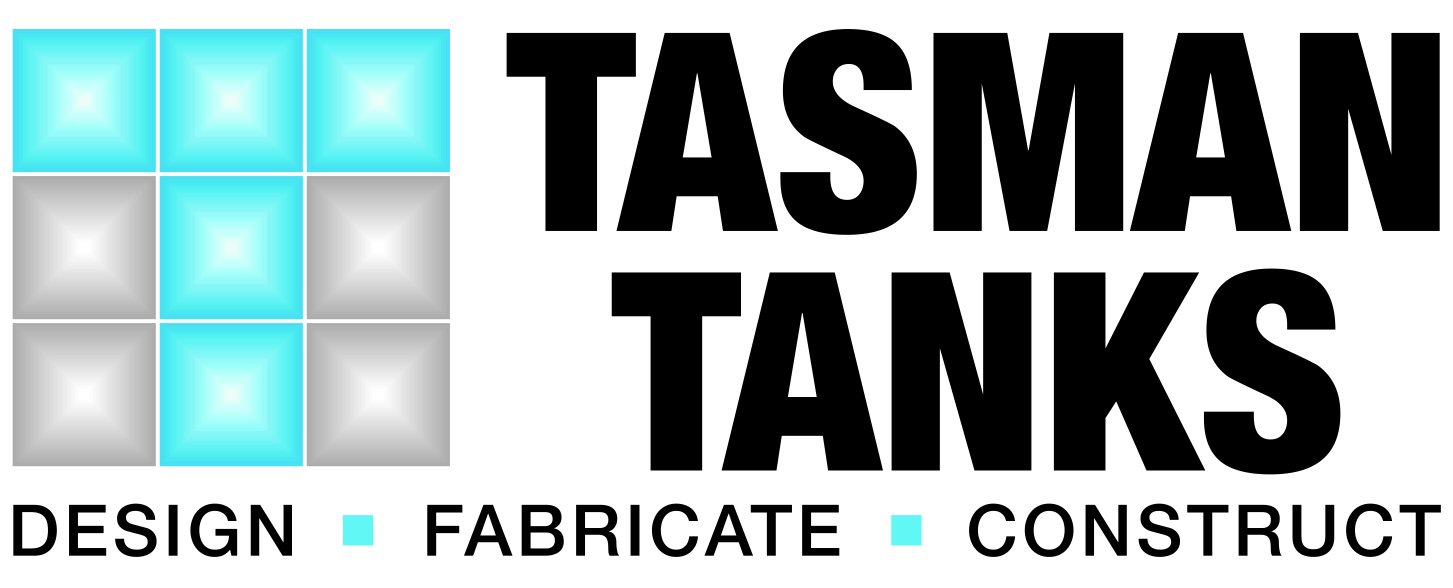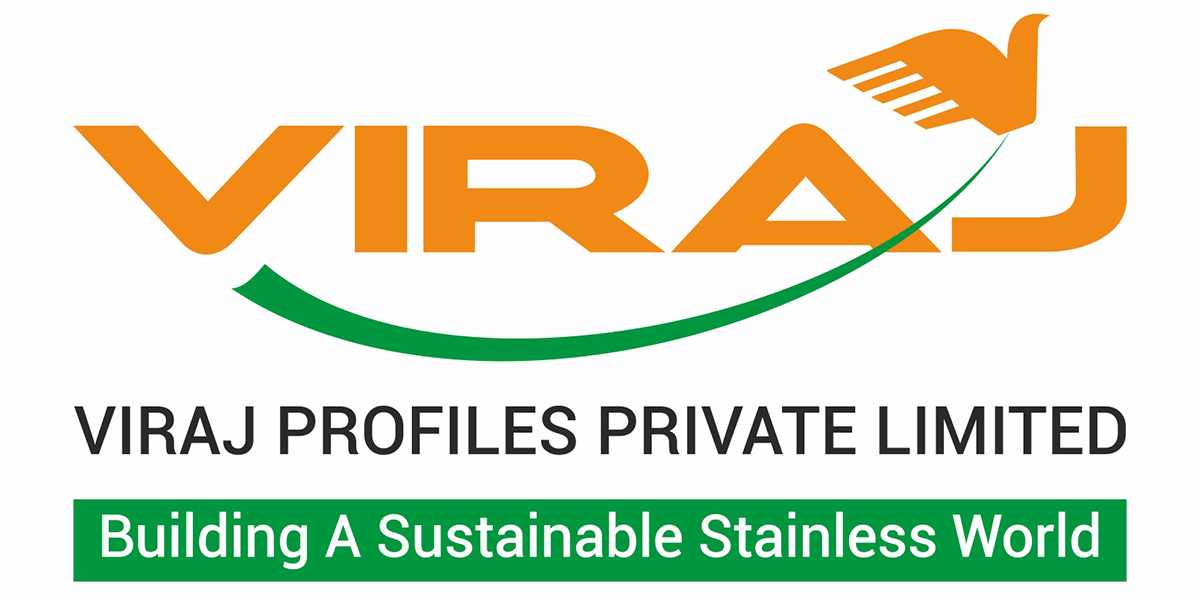
The use of duplex stainless steels has grown globally based on their strength, corrosion resistance and a range of properties that improve equipment life.
The name duplex is sometimes used to describe Alloy 2205 (UNS S31803 or UNS S32205), however duplex is a family of alloys ranging from lean duplex and standard duplex to super duplex stainless steel.
HISTORY
Duplex stainless steel was first developed in France and Sweden in the 1930’s, with the early grades becoming a forerunner for AISI 329, but a lack of control over the chemistry and lack of adequate welding products and techniques impeded development of the product.
Cast versions eventually became available and were subsequently used successfully in many industries where some corrosion, wear and strength were required.
Areas such as pump components saw a raft of duplex grades developed in standard and super duplex. It should be noted that further work or welding was not required with these particular forms.
In the 1970’s Swedish manufacturers produced and marketed what could be described as a lean duplex called 3RE60 (UNS S31500) with lower chromium, nickel and nitrogen than grade 2205.
3RE60 had success with tubing and displayed excellent resistance in replacing 304 and 316 tubes that had previously failed due to chloride-induced stress corrosion cracking. The use of 3RE60 in vessels was less successful due to issues such as inter-granular corrosion (IGC) from early welding techniques. The issue was not with the grade but with fabrication, as well as the melting technique to enable control of alloying elements to provide a consistent structure and provide predictable strength and corrosion control.
In the late 1970’s grade 2205 arrived in the market, initially as a tube, then in flat-rolled and other products. The point-of-difference from earlier attempts was well-documented welding technique control, which lead to the increased usage of duplex.
The grades displayed higher strength than standard austenitic grades, excellent resistance to stress corrosion cracking and improved pitting resistance. The other driver was the rising price of nickel, which added a commercial advantage over using a lower nickel duplex product.
GRADES OF DUPLEX
The grades are listed in three groups; standard, lean and super.
The major difference between each grade is corrosion resistance. This is based on a Pitting Equivalent Number:
(PREN) = %Cr + 3.3 x %Mo + 16 x %N.
This is a comparative rating that relates to the critical pitting and crevice corrosion temperatures in hi chloride environments (CPT and CCT respectively).
| DUPLEX TYPE | PREN |
| Standard | Approximately 35 |
| Lean | 25-30 |
| Duplex | Above 40 |

USES OF DUPLEX STAINLESS STEELS
Stress corrosion cracking (SCC) is a form of corrosion that occurs with a particular combination of factors:
- Tensile stress;
- Corrosive environment;
- Sufficiently high temperatures: Normally above 60°C but can occur at lower temperatures (around 30°C in specific environments, notably unwashed atmospheric exposures above indoor chlorinated swimming pools).
Unfortunately, the standard austenitic steels like 304 (1.4301) and 316 (1.4401) are the most susceptible to SCC. The following materials are much less prone to SCC:
- Ferritic stainless steels;
- Duplex stainless steels;
- High nickel austenitic stainless steels;
The resistence to SCC makes duplex stainless steels suitable for many processes operating at higher temperatures. Examples of the successful use of duplex stainless steel are hot water tanks, brewing tanks and thermal desalination vessels.
WHERE CARE IS REQUIRED WITH DUPLEX STAINLESS STEELS
Duplex stainless steels can also form a number of unwanted phases if steel is not given the correct processing, notably in heat treatment. Phases like sigma phase leads to embrittlement, meaning the loss of impact toughness, but sigma phase also reduces corrosion resistance.
The formation of sigma phase is most likely to occur when the cooling rate during manufacture or welding is not fast enough. The more highly alloyed the steel, the higher the probability of sigma phase formation. Therefore, super duplex stainless steels are most prone to this problem. Another form of embrittlement occurs above 475°C, and it can still form at temperatures as low as 300°C. This leads to the design limitations on the maximum service temperature for duplex stainless steels.
SUMMARY: DUPLEX CHARACTERISTICS
Compared to the austenitic and ferritic stainless steels, duplex can give:
- Up to double the design strength;
- Good corrosion resistance depending on the level required;
- Good toughness down to -50°C;
- Excellent resistance to stress corrosion cracking;
- Welding in thin and thick sections with care;
- Additional effort required due to high mechanical strength;
- Up to 300°C maximum in service.


Author: Trent Mackenzie is a metallurgist with more than 35 years experience in the industry and General Manager of ASSDA.
Photos courtesy of Outokumpu.
This article is featured in Australian Stainless Magazine Issue 60 (Summer 2017/18).














